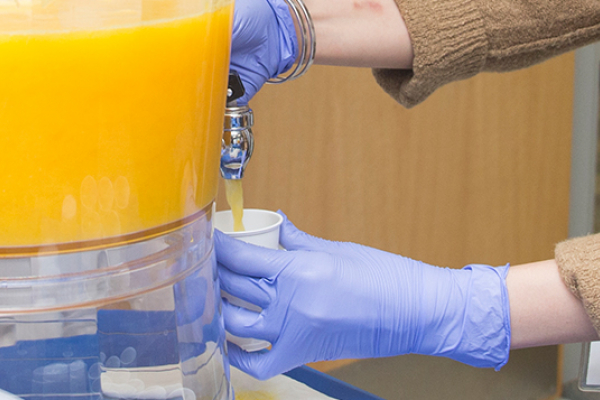Building Blueberry Businesses

The Florida blueberry industry got its start in the 1970s when the University of Florida (UF) Institute of Food and Agricultural Sciences developed the first Southern Highbush blueberry plants grown commercially in the state. The industry’s growth has been dramatic and spectacular. In the 1980s, the blueberry industry in Florida was worth less than $500,000. Today, the state’s industry is worth an estimated $82 million dollars per year.
USDA has supported UF’s research on blueberry production over the course of 20 years. The UF team has developed blueberry varieties that thrive in Florida’s climate and soils and produce the best quality berry. Scientists select for the best genetic traits to help resist diseases, pests, heat, and other stress factors. The breeders developed blueberry cultivars with a focus on factors such as machine harvestability, fruit quality, and yield.
Florida blueberries are now available earlier than berries grown in other parts of the country, which allows growers to command higher prices during the beginning of the season. The scientists collaborate with breeders and growers to test new varieties on farms throughout the state.
To protect Florida farmers, UF patents and licenses blueberry varieties so that they can use UF varieties a few years before international growers. UF’s research and outreach has helped the state’s blueberry growers stay profitable and blossom.


